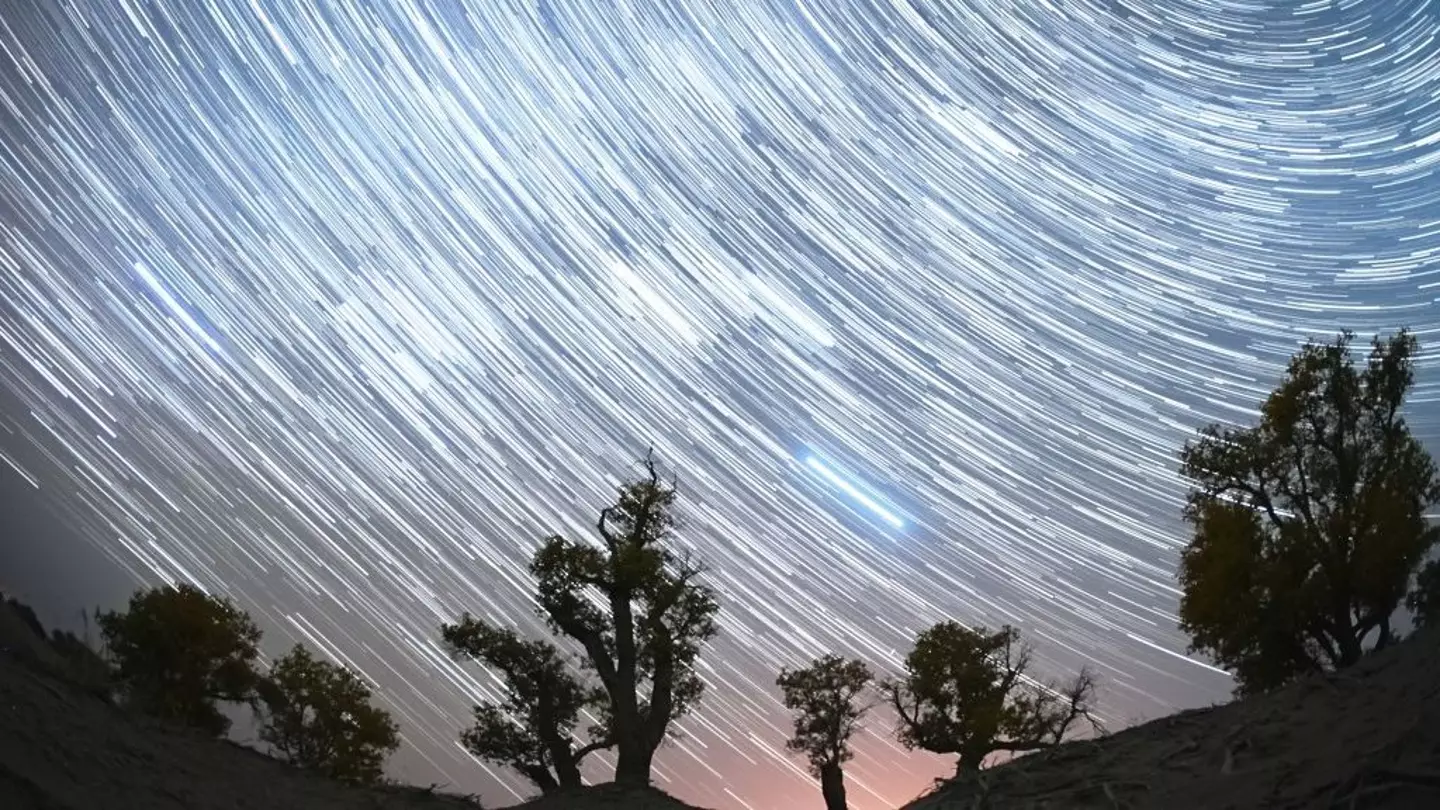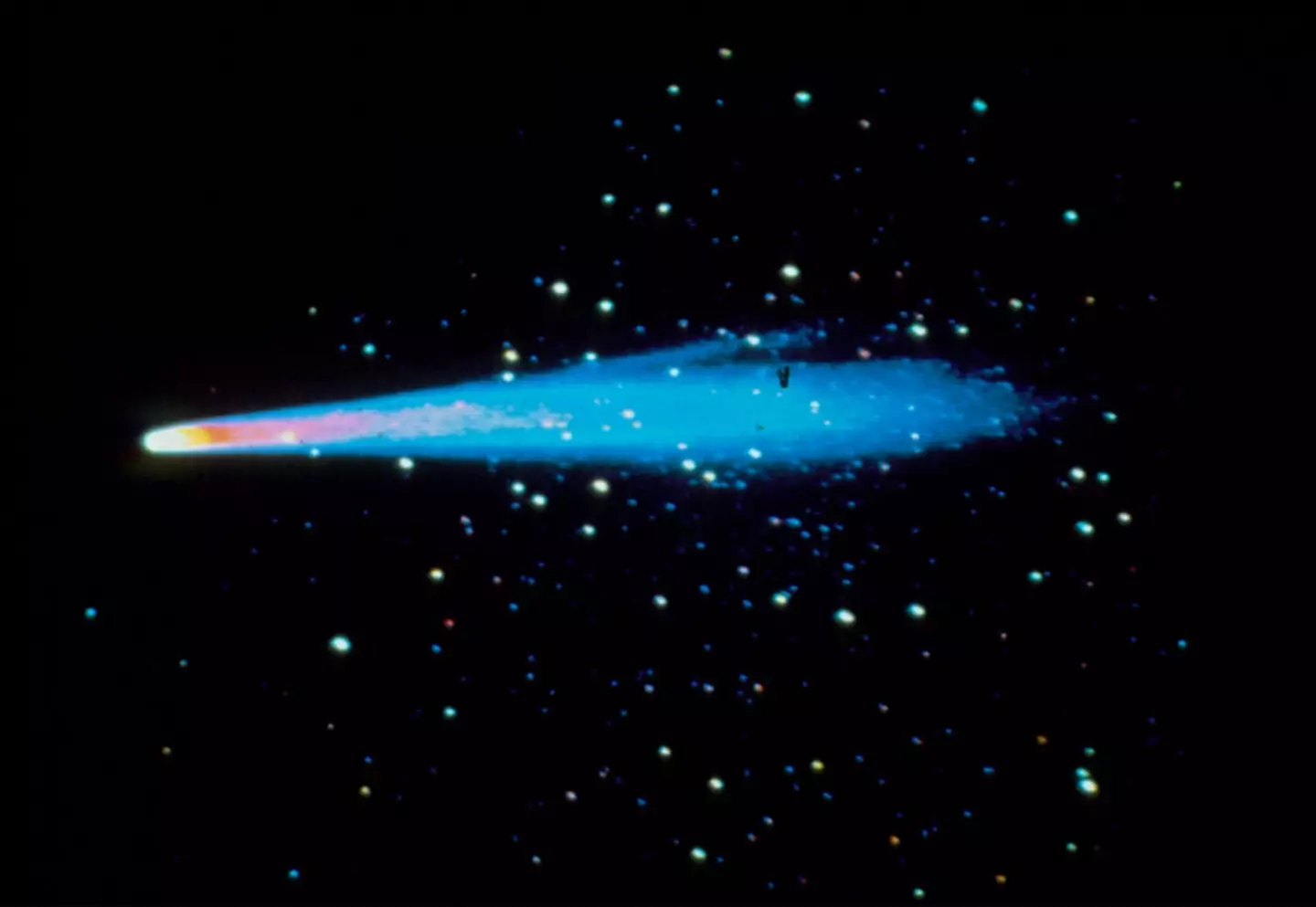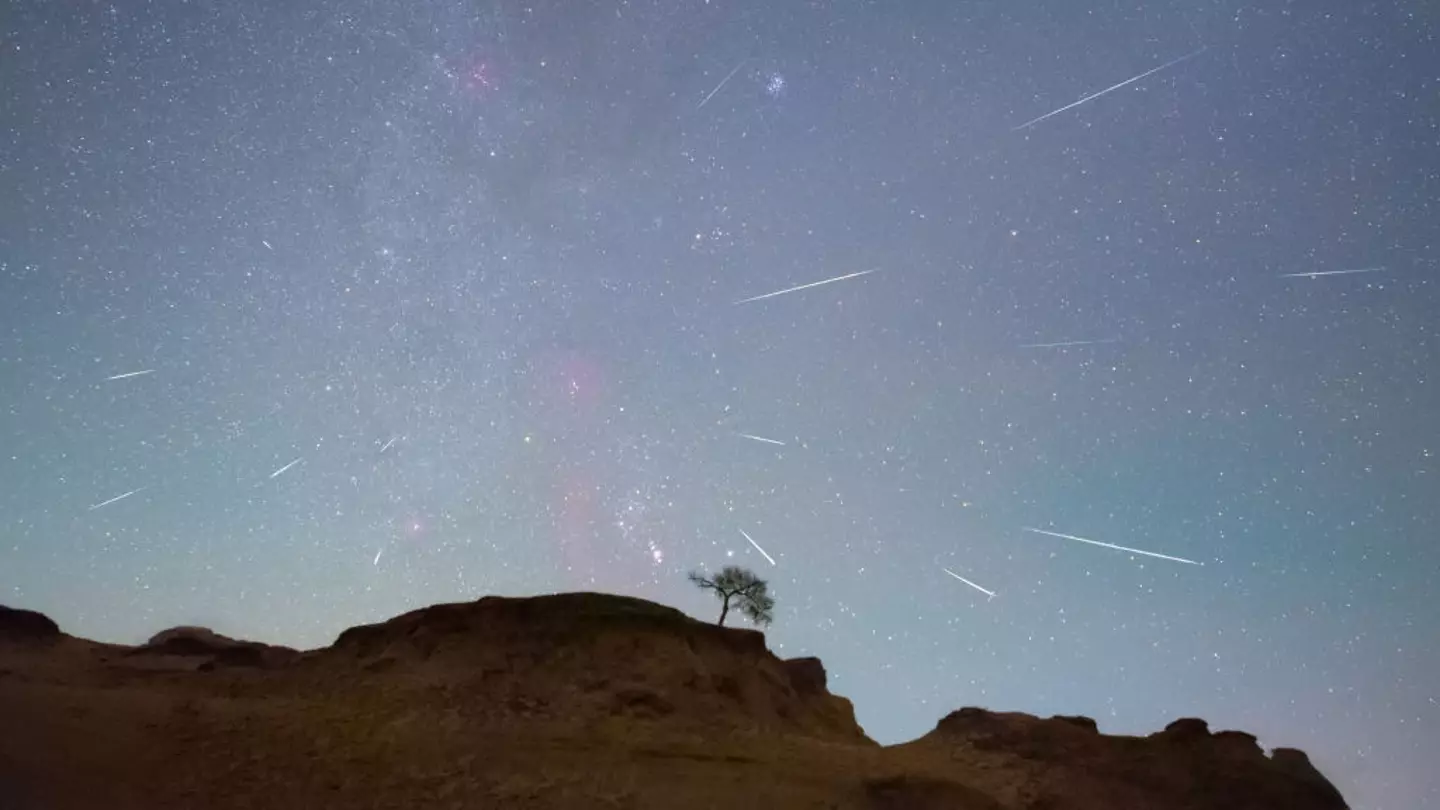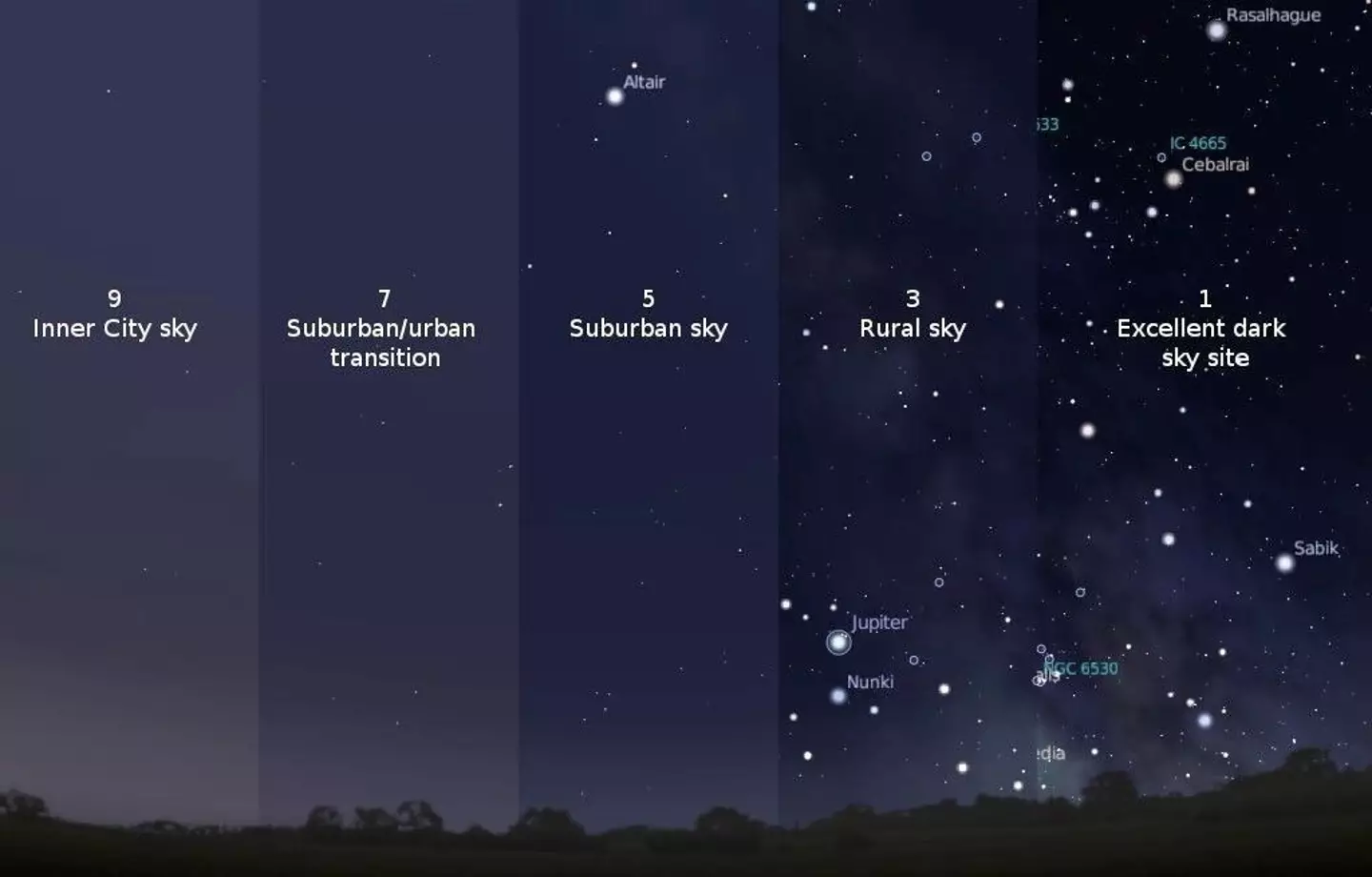
NASA has offered up its top tips on catching one of the most beautiful meteor showers of the year.
Up to 20 shooting stars could light up the sky as the Orionid meteor shower peaks tonight (Tuesday, October 21).
Famous for dazzling with bright, fast-moving meteors that leave glowing trails, the Orionids travel at around 41 miles (66 kilometres) per second.
The phenomenon occurs when Earth passes through the debris trail left by Halley's Comet. Perhaps the most famous space rock, Halley's Comet, takes 76 years to orbit the Sun once.
Advert
It was last spotted in 1986 and isn't expected to enter our inner solar system again until 2061.
The meteors are named the Orionids because they appear to radiate from the constellation Orion, although they can occur anywhere in the sky.

As tiny bits of dust and rock hit our atmosphere, they burn up, creating streaks of light known as meteors or shooting stars.
Advert
NASA explains that at its peak, up to 20 meteors will be in the sky at once. Fast-travelling meteors can also turn into fireballs, unusually bright streaks in the sky.
This time, there’ll be no moonlight to spoil the show - unlike August’s Perseid shower - so stargazers should enjoy an uninterrupted view.
Depending on the weather where you are, that is...
The US space agency has shared its advice on viewing the Orionids - so take note.
When is the best time to catch the Orionid meteor shower?

Advert
The meteor shower lasts from September 26 to November 22 but peaks tonight (October 21). So, if you want to catch a glimpse, now is your time.
NASA reckons we'll get the best views before midnight to around 2 a.m. However, the space agency further explains that it takes 30 minutes for your eyes to adjust to the dark, so take that into account before you start heading outside.
The show will last 'until dawn,' NASA adds; so don't worry too much if you don't catch any magic right away.
Again, we have October's new moon to thank for better visibility. As the Orionids peak, the moon will be between the Earth and the Sun, making it dark and invisible to us and leaving the meteors to light up the night.
Advert
"With a moonless sky, you're much more likely to catch a fireball careening through the night," NASA says.
NASA's viewing tips

NASA recommends finding a rural area, away from cities and street lights, to set up camp.
Advert
To get the best view, lie flat on your back. If you're in the Northern Hemisphere (the US and the UK), make sure your feet are facing southeast.
Face northeast if you're in the Southern Hemisphere (Australia and New Zealand).
Finally, use the Bortle Scale - which helps stargazers to know how much light pollution is in the sky where they observe - to look for sky conditions rated Class 3 or 4 for a good view.
The darker, the better.